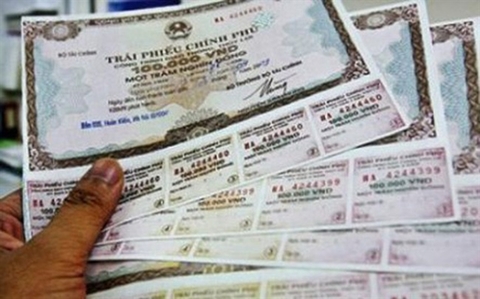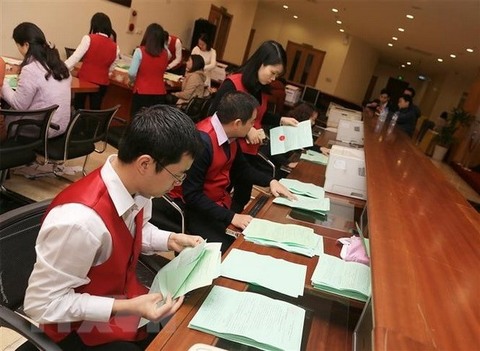Housing and green bonds are potential growth areas in Asia, says ADB experts
Housing and green bonds are potential growth areas in Asia, says ADB experts
ADB said that this growth was due to an increase in the balance of treasury bonds at 0.9 per cent in the first quarter of this year to $47 billion, after a 6.1 per cent decline in the fourth quarter of 2018. In addition, the growth of the Government bond market also offset the 1.3 per cent decline in the corporate bond market in the period.

The quarterly report also showed that the local currency bond markets in emerging East Asia continued to expand over the first quarter of 2019 despite trade conflicts and moderating global growth. Housing bonds and green bonds are potential areas of future growth.
ADB Chief Economist Yasuyuki Sawada said the region’s bond markets are holding firm but the risks are still to the downside.
“That said, we see potential in the development of housing bonds to finance growing demand for homes as countries urbanize and for green bonds to fund clean energy and other climate-friendly projects,” Sawada said.
At the end of March, there were $15 trillion in local currency bonds outstanding in emerging East Asia, 2.9 per cent more than at the end of 2018 and 14 per cent more than at the end of March 2018. Bond issuance in the region, meanwhile, amounted to $1.4 trillion in the first quarter, 10 per cent higher than in the last quarter of 2018 on the back of stronger issuance of government debt.
Emerging East Asia markets comprise China, Hong Kong, Indonesia, the Republic of Korea, Malaysia, the Philippines, Singapore, Thailand and Viet Nam.
Foreign investors were upbeat on China in the first quarter of this year due to better-than-expected economic performance. Indonesia also enjoyed greater foreign investment but foreign holdings in the Philippines took a hit as investors cashed out profits. Uncertainty over the general election spurred a wait-and-see approach among foreign investors in Thailand.
Government bonds accounted for 61.7 per cent of emerging East Asia’s total local currency bond stock at $9.3 trillion as of the end of March, a 14 per cent increase versus end March 2018. Meanwhile, there were $5.8 trillion in corporate bonds outstanding, 14.2 per cent more than a year earlier.
China remained the largest bond market in terms of in emerging East Asia, with 75.3 per cent of the region’s total outstanding bonds. Malaysia had the largest market for sukuk, or Islamic bonds, while the Republic of Korea had the largest bond-to-gross domestic product ratio in the first quarter of this year, at 125.6 per cent.
In a special chapter, the report noted that developing a market for housing bonds would increase access to home loans at a time of rising demand and diversify housing finance, traditionally provided by commercial banks. Provision of housing finance through the bond market would also mitigate the maturity mismatch arising between typically long-term borrowing by homeowners and short-term bank loans.
“Developing a housing bond market can help countries raise funds to build more housing units, meeting the increasing housing demand while also contributing to growth and development through job creation,” the report said.
ADB is committed to achieving a prosperous, inclusive, resilient, and sustainable Asia and the Pacific, while sustaining its efforts to eradicate extreme poverty. In 2018, it made commitments of new loans and grants amounting to $21.6 billion.



















